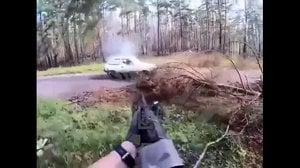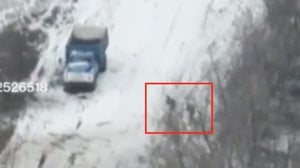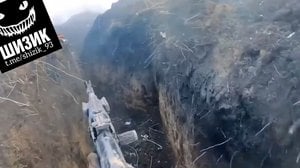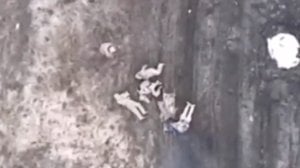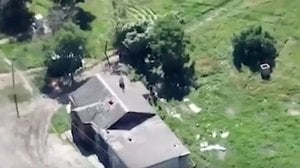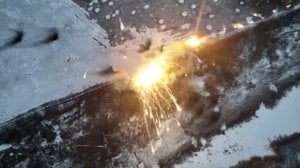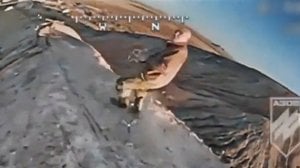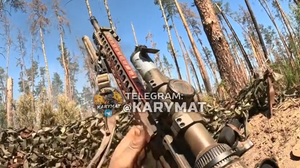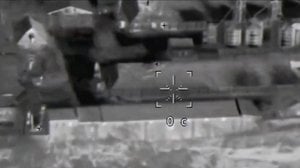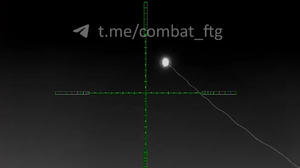
Ukrainian Krab Artillery Wrecks Russian Assault With Remote-Launch Mines
Published 6 months ago
This footage, provided by the Ukrainian military, shows a self-propelled artillery unit known as a "Krab" being used to launch mines into the battlefield- right into the path of a mechanized Russian assault, south of Krokhmalne. Incredibly, the Russians keep coming despite the obvious, explosive fate of the lead vehicle.
As we've mentioned before, the Krab is a Polish-made 155-millimeter artillery unit on a self-propelled chassis. Here, it's being used to fire US-supplied RAAM shells, RAAM standing for Remote Anti-Armor Mine. The RAAM shell contains nine anti-tank mines, which scatter over a given area between 2.5 to 10.5 miles away from the launcher. The defensive advantage given, in terms of increased speed and reduced effort to plant the mines, as well as less risk to minelayers, is obvious.
What is a little less obvious is why the Russian column keeps coming after the first vehicle gets popped like bubble wrap, continues onward and strikes more mines, leaving a trail of fire behind it. In the business, we call that a "clue." It appears that a second vehicle hits a mine around 0:44. At 0:53, we see the aftermath of the two charred APCs.
Despite the tactical advantage they may give either side in the moment, mines stay active and take (and ruin) lives long after the conflict is over. Here is a video of a Ukrainian farmer hitting mines with his tractor tiller in his field. As in many warzones, other civilians won't be nearly as lucky or protected. Enter the HALO Trust, a US-based charity organization dedicated to the removal of mines and UXO in order to protect civilians. They have been working in warzones all over the world since 1988 and are operating in Ukraine right now. No non-combatant man, woman, or child on either side of any conflict deserves to step on a mine, so while this isn't normally a space used for such things, I urge you to consider giving them your support.
About the Author

Cole Simms
Cole Simms is an Air Guardsman, NASA enthusiast, police officer, and security contractor with particular experience in austere environments. Outside of work, he volunteers as a Stop The Bleed instructor for area schools. He holds a Bachelor's Degree in Homeland Security and Emergency Management, and blends his knowledge and experience to write analysis for Funker530.
Need a tried-and-tested fixed blade that's trusted by police, military and protective service users all over the world? Cole recommends Ironside Edge Works for your tactical or EDC blade needs.


